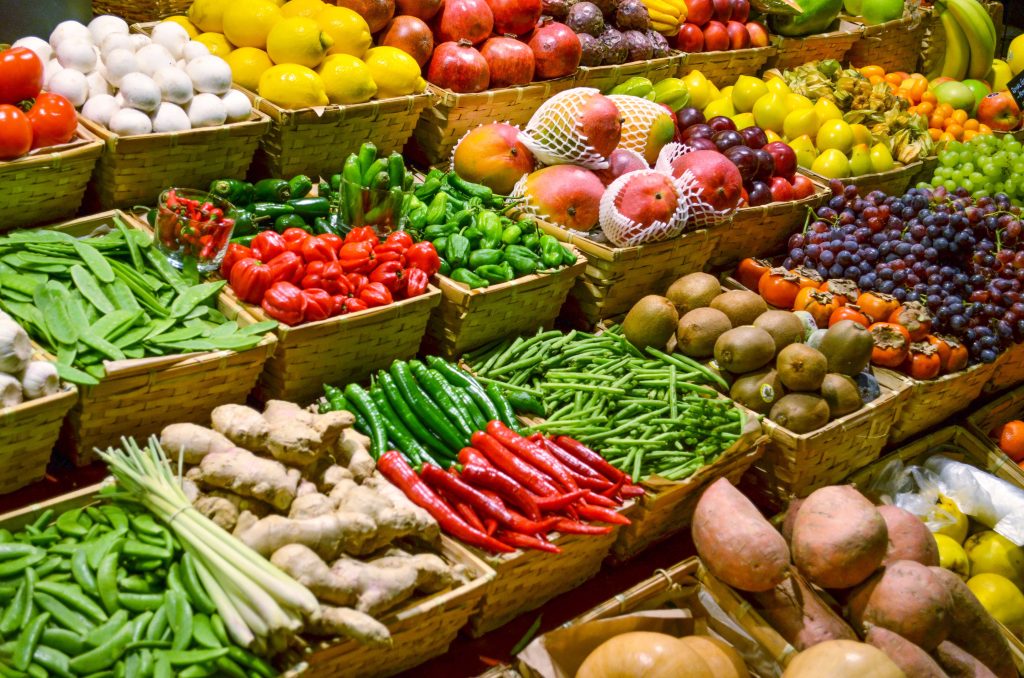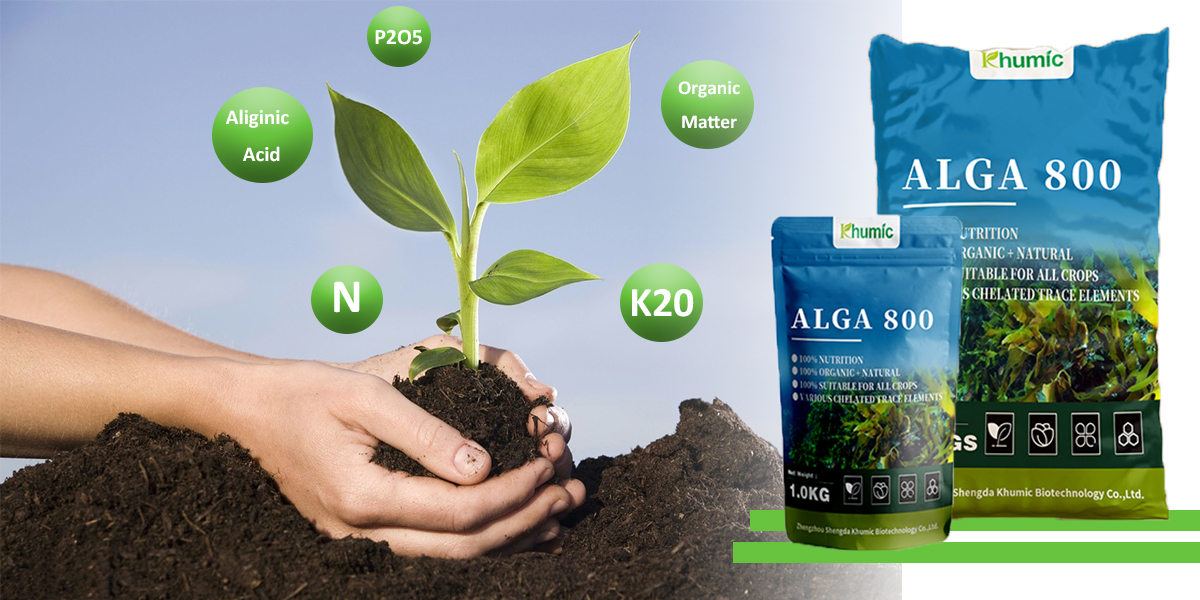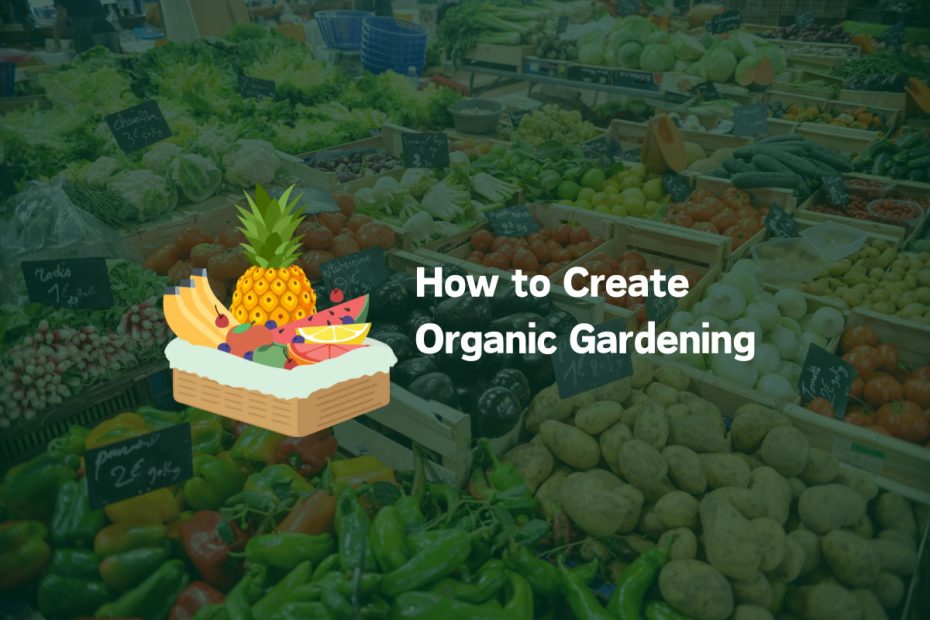Introduction
With people taking health and diet more seriously, buying organic food is becoming very expensive, very fast. So how do you guarantee that the flowers, vegetables, fruits, and herbs grown on your farm are 100% organic? In this guide, we’ll take a deep dive into how to cultivate a thriving organic ecosystem in your backyard. One of the biggest benefits of organic gardening is avoiding the ingestion of pesticides used to grow your food. Creating an organic garden is a rewarding experience and a step towards a healthier lifestyle.
Table of Contents
What is Organic Gardening?
Organic gardening is a holistic approach to growing plants. It rejects the use of all artificial agricultural chemicals and emphasizes living in harmony with nature. It uses natural methods to nourish the soil, control pests, and promote plant health without relying on synthetic chemicals or pesticides. It emphasizes building soil organic matter and then relying on natural sources to replenish nutrients. Organic gardening allows crops to grow naturally, uses alternative methods of pest control and fertilization, and reduces pesticide residues on food.
Differences Between Organic and Conventional Gardening
While conventional gardening relies on chemical fertilizers and pesticides to promote plant growth and combat pests, organic gardening focuses on organic fertilizers that create healthy soil, nurture beneficial insects, and use natural remedies to maintain plant health.
Organic gardening provides healthier, tastier fruits and vegetables, promotes biodiversity, reduces environmental impact, and creates sustainable and self-sustaining garden ecosystems.

How to Start Your Organic Gardening
To begin your organic gardening journey, it’s important to understand the core principles of organic gardening, such as soil health, biodiversity, and sustainability.
Choose the Right Location
The first step in creating an organic garden is to choose the perfect planting location. Sunlight is essential for plant growth, and most fruiting plants, such as tomatoes, peppers, cucumbers, and melons, need plenty of sun to grow well. So choose a location that guarantees your plants will receive at least 6 to 8 hours of sunlight per day and has good drainage. Avoid areas that are prone to flooding or have poor soil quality.
However, if your garden is a little shady, that’s okay! Leafy greens like lettuce, kale, and many herbs can tolerate partial sunlight (assuming 3 hours or more per day). Stay away from large trees and tree roots (which will steal nutrients and water from your vegetables) and make sure your plants have access to water.Prepare Quality Soil
Once you have identified the ideal site, it is time to prepare the soil. Test the soil pH and amend it with organic matter to ensure that the soil is nutrient-rich and well-draining. This can be done using a rototiller or a spade.
Healthy soil contains a lot of humus – organic matter that helps to grow strong, productive plants. Chemical soil treatments not only leach into the food but also harm the beneficial bacteria, worms, and other microorganisms in the soil. You can use KHUMIC humic acid fertilizers, which extract natural organic matter and enhance soil fertility by chelating and releasing minerals, improving soil structure, regulating pH, and creating an environment for beneficial soil microorganisms.
Companion Planting Strategy
Implement companion planting techniques and plant some plants specifically for beneficial insects. Naturally, repel pests, attract pollinators, and improve soil fertility. For example, cilantro and dill, attract predatory insects. Grass wings, bees, butterflies, ladybugs, hoverflies, praying mantises, etc. are all your insect friends. Pairing compatible plants together can improve the growth and productivity of your organic garden.

Planting and Watering
Start your plants from seed or purchase seedlings. Starting from seed gives you a wider selection of plant varieties while using seedlings gives you a head start on growth and development.
Whichever planting method you choose, you’ll need to water them appropriately. Too much water can be just as harmful to your plants as not enough water, so always check the soil before watering. Water about an inch per week (including rain) by sticking your finger an inch into the soil. If the soil feels damp, leave it alone. Be sure to water the soil around the base of the plant so that the roots absorb the water, not the leaves. Drip irrigation is a very targeted watering method and is a good choice for organic gardens. (Note! The best time to water your plants is usually in the morning.)
Use Organic Fertilizers
Organic gardening should avoid synthetic pesticides and fertilizers and instead choose organic alternatives like neem oil and KHUMIC organic fertilizer. Fertilizing is simply fertilizing the soil so that the plant roots can absorb nutrients into the plant body. There are many natural fertilizers to choose from, such as blood meal, alfalfa meal, seaweed extract, and composted fertilizers (herbivores).

Maintained with Mulch
Using organic mulch not only helps control weeds by blocking the sunlight weeds need to grow, but it also helps retain moisture in the soil and regulates garden soil temperature. Mulch creates the appearance of a neat, beautiful garden. While pine straw and wheat straw are popular mulch choices, untreated grass clippings, chopped leaves, and even aged wood chips are also good choices. Mulch will eventually break down and add nutrients to the soil!
Conclusion
As your organic garden matures, you’ll be rewarded with an abundance of fresh produce, aromatic herbs, and colorful flowers.
In short, organic gardening is a way to connect with nature, promote biodiversity, and enjoy the fruits of your labor. By following the principles of organic gardening and implementing sustainable practices in your garden, you can create a thriving ecosystem that benefits both you and the planet.
Recommended Reading
- Rodale Institute: https://rodaleinstitute.org/why-organic/
- Organic Gardening Magazine: https://www.organicgardener.com.au/
- Negative Effects of Glyphosate Herbicide: https://www.drugwatch.com/roundup/glyphosate/
- Organic herbicide alternatives: https://www.drugwatch.com/roundup/alternatives/
FAQs
Is organic gardening more challenging than conventional gardening?
Organic gardening may require more time and effort initially, but the long-term benefits of healthier soil, plants, and the environment make it a rewarding and sustainable practice.
How can you deal with common pests in an organic garden without using harmful chemicals?
Natural pest control methods, such as companion planting, introducing beneficial insects, using physical barriers, and maintaining good garden hygiene, can help manage pests organically.
What are the best vegetables and herbs to grow in an organic garden?
Popular vegetables and herbs in organic gardening include tomatoes, peppers, cucumbers, lettuce, basil, rosemary, and mint, among others. Choose varieties that are suited to your climate and soil conditions.
Can I still use fertilizers in organic gardening?
Yes, organic fertilizers such as compost, manure, bone meal, and seaweed extract are commonly used in organic gardening to enrich the soil and provide essential nutrients to plants.
What are some common mistakes to avoid when starting an organic garden?
Avoid common mistakes in organic gardening, such as overwatering, neglecting soil health, planting too densely, using synthetic pesticides, and not rotating crops. To successfully grow an organic garden, keep sustainable practices in mind.
